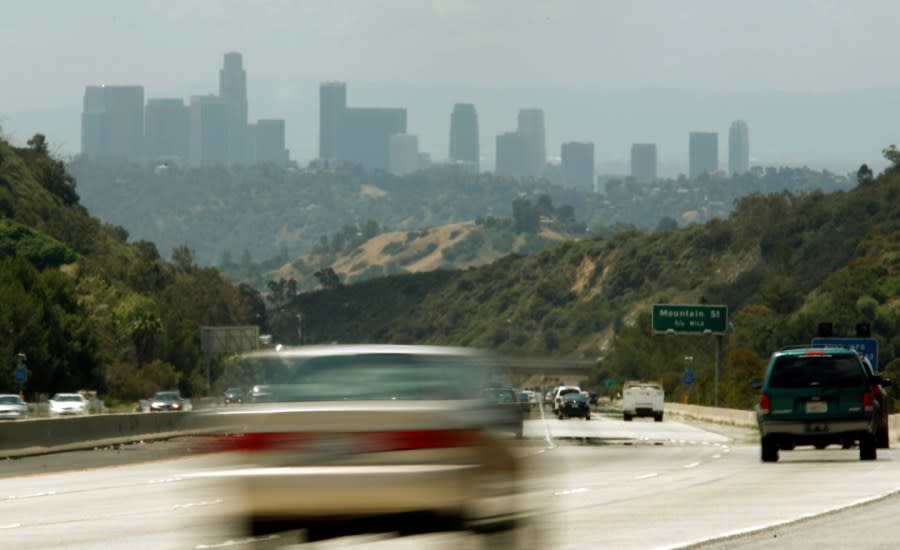Historic redlining in California cities linked to disparities in urban wildlife presence: Study

The historic practice of redlining may have led to the redistribution of wildlife populations in four of California’s largest cities, a new study has found.
Neighborhoods that were subject to the discriminatory practice in Los Angeles, San Diego, San Francisco and Oakland all have less native and nonnative wildlife biodiversity compared to that of greenlined areas, according to the study published Tuesday in the Proceedings of the National Academy of Sciences journal.
“There are stark differences in habitat complexity between greenlined and redlined neighborhoods across the state,” lead author Cesar O. Estien said in a statement.
The practice of “redlining” stems from a New Deal-era federal policy that led to the creation of several government programs aimed at expanding homeownership through mortgages and loans. Within these programs, areas with primarily Black or immigrant residents were often subject to restrictions on lending that became known as redlining.
At the time, entities such as the Federal Housing Administration and the Home Owners’ Loan Corporation assigned the neighborhood ratings based on loan repayment risk: The greenlined level of “A” was deemed the least risky and the redlined level of “D” most risky — with B and C falling somewhere in between.
“Old redlined neighborhoods in California are still burdened with environmental quality issues,” said Estien, a graduate student in environmental science at the University of California, Berkeley. “So it’s not surprising that they have less wildlife biodiversity than predominantly white, greenlined neighborhoods.”
Estien and his colleagues analyzed more than 100,000 entries about area biodiversity on the iNaturalist platform between 2017 and 2022. They also referred to digitized Home Owners’ Loan Corporation maps to determine whether those observations occurred in previously redlined areas.
What they found was a consistent trend across each city in which redlined zones showed lower overall biodiversity levels.
They identified the greatest disparities in San Francisco and San Diego, where five to 10 times more species were present in greenlined neighborhoods than in their redlined counterparts, according to the study.
“San Francisco’s older, more established neighborhoods like the Presidio or Lake Merced tend to have a lot more street trees and native and non-native vegetation in gardens and yards,” Estien said. “It’s a notable difference when you compare it to the Tenderloin, Dogpatch, or Bayview areas.”
While biodiversity in Oakland and Los Angeles was the most robust in nongreenlined, B-grade neighborhoods, the redlined areas had half as many native and nonnative species as greenlined communities.
Estien recalled hearing from longtime residents of the historically redlined areas of Oaklands flats “that they’d never expect to see carnivores beyond raccoons or opossums or birds beyond pigeons and house sparrows.”
“But when you go up to the hills, your likelihood of running into charismatic or forest-dependent birds and mammals, like bobcats, goes way up,” he added.
From rats to foxes: How gentrification transforms cities’ wildlife populations
Given the results of their study, the authors emphasized a need to further explore the interplay of legacy policies and urban biodiversity disparities — efforts that could help drive equity-informed conservation initiatives.
“Whether it’s restoring green space in redlined neighborhoods or preventing the displacement of wildlife in more biodiversity-rich areas, there is a lot that cities can do to ensure that both humans and wildlife have access to better environments,” Estien said.
Copyright 2024 Nexstar Media, Inc. All rights reserved. This material may not be published, broadcast, rewritten, or redistributed.
For the latest news, weather, sports, and streaming video, head to The Hill.

 Yahoo News
Yahoo News 
